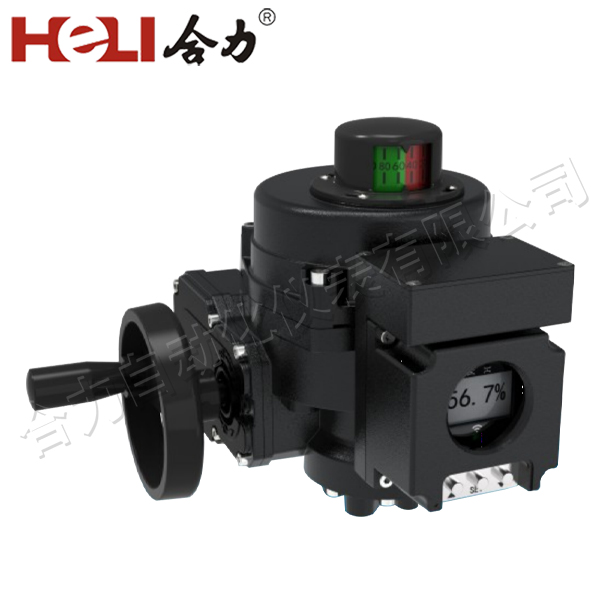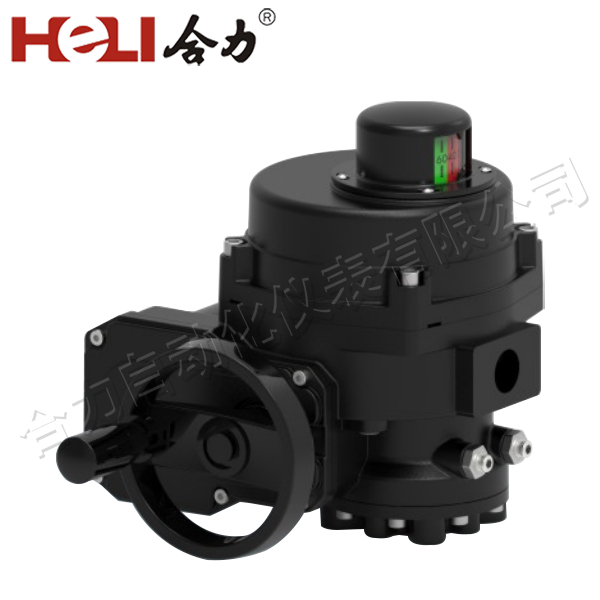lithium battery electrical installation: a comprehensive guide
Release time:2024-12-09 21:41:52
In recent years, lithium batteries have emerged as the go-to power solution for a wide array of applications, from portable electronics to electric vehicles and renewable energy systems. Their high energy density, longevity, and lightweight characteristics make them increasingly popular. However, proper electrical installation is crucial to ensure safety, efficiency, and performance. This article will delve into the key considerations, best practices, and essential steps involved in lithium battery electrical installation.

Understanding Lithium Battery Technology

Lithium batteries operate on the principle of lithium ions moving between the anode and cathode during charge and discharge cycles. Unlike traditional lead-acid batteries, they can offer higher voltage and capacity in a smaller form factor. The most common types of lithium batteries include Lithium Iron Phosphate (LiFePO4), Lithium Nickel Manganese Cobalt (NMC), and Lithium Polymer (LiPo), each with unique attributes and applications. Understanding these differences is essential for selecting the right battery for your specific needs. Key Considerations Before Installation




